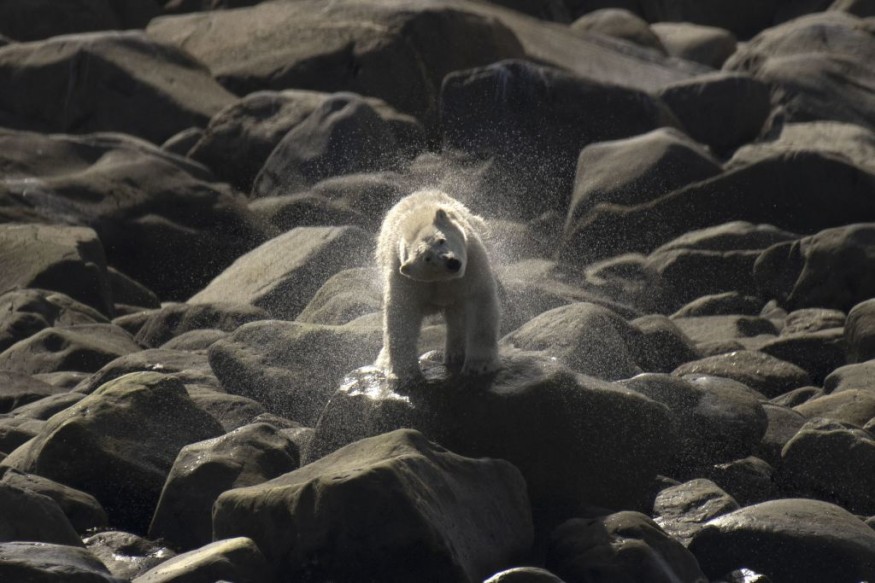
The polar bears in Greenland have been found to be diminishing for over a period of 20,000 years.
Experts said that the Arctic is among the most climatically sensitive environments on Earth, and the disappearance of multiyear sea ice in the Arctic Ocean is predicted within decades.
They said that the sea around Greenland has experienced a temperature increase of 0.2 to 0.5 degrees over the last 20,000 years, which has resulted in a 20-40 percent reduction in the polar bear population.
Environment Variability
As apex predators, polar bears are sentinel species for addressing the impact of environmental variability on Arctic marine ecosystems.
Researchers noted that by integrating genomics, isotopic analysis, morphometrics, and ecological modeling, they investigated how Holocene environmental changes affected polar bears around Greenland.
Experts have uncovered reductions in effective population size coinciding with increases in annual mean sea surface temperature, reduction in sea ice cover, declines in suitable habitat, and shifts in suitable habitat northward.
Aside from that, they also showed that west and east Greenlandic polar bears are morphologically, and ecologically distinct, putatively driven by regional biotic and genetic differences.
Together, they provided insights into the vulnerability of polar bears to environmental change and how the Arctic marine ecosystem plays a vital role in shaping the evolutionary and ecological trajectories of its inhabitants.
According to experts, the changes under environmental conditions can greatly affect the base of the Arctic food web. These shifts at the base of the food web drive bottom-up changes in ecosystem structure and function by altering pelagic secondary production, the main food source for all higher trophic-level organisms.
The study indicated that the shifts in food sources can influence the mobility and connectivity of species and disrupt gene flow among populations, altering evolutionary pathways. It pointed out that nearly all organisms within an ecological community are directly or indirectly tied to the top of the food chain.
Therefore, an approach to assessing the impacts of environmental change on ecosystems is to investigate apex predators, providing top-down insights into the ecosystem as a whole.
Read Also: Consequences of Climate Change: Polar Bear Population Shrinking Due to Arctic Sea Ice Melt
Top Predatory Niche
In the Arctic marine realm, polar bears (Ursus maritimus) occupy the top predatory niche. They are found on ice-covered waters across the region and depend on sea ice primarily for hunting pinnipeds.
Studies have shown that polar bears were found to inhabit multiyear pack ice in the central Arctic basin, and their preferred habitat is seasonal sea ice, including landfast ice, around the coastline of the Arctic Ocean region.
This reflects the exploitation of relatively higher levels of biological productivity around seasonal sea ice by seal species.
The dependence of polar bears on sea ice makes them a sentinel species for detecting ecosystem tipping points.
Researchers said that to assess the vulnerability of polar bears to past and future climate and environmental change, it is vital to apply a complementary suite of approaches that combines insights from the present with those of the past.
The indirect connection of the polar bear to lower trophic levels can therefore be used to infer ecological dynamics across millennia.
Related Article: Polar Bears Will Be Gone Before 2100, Say Experts
© 2025 NatureWorldNews.com All rights reserved. Do not reproduce without permission.





